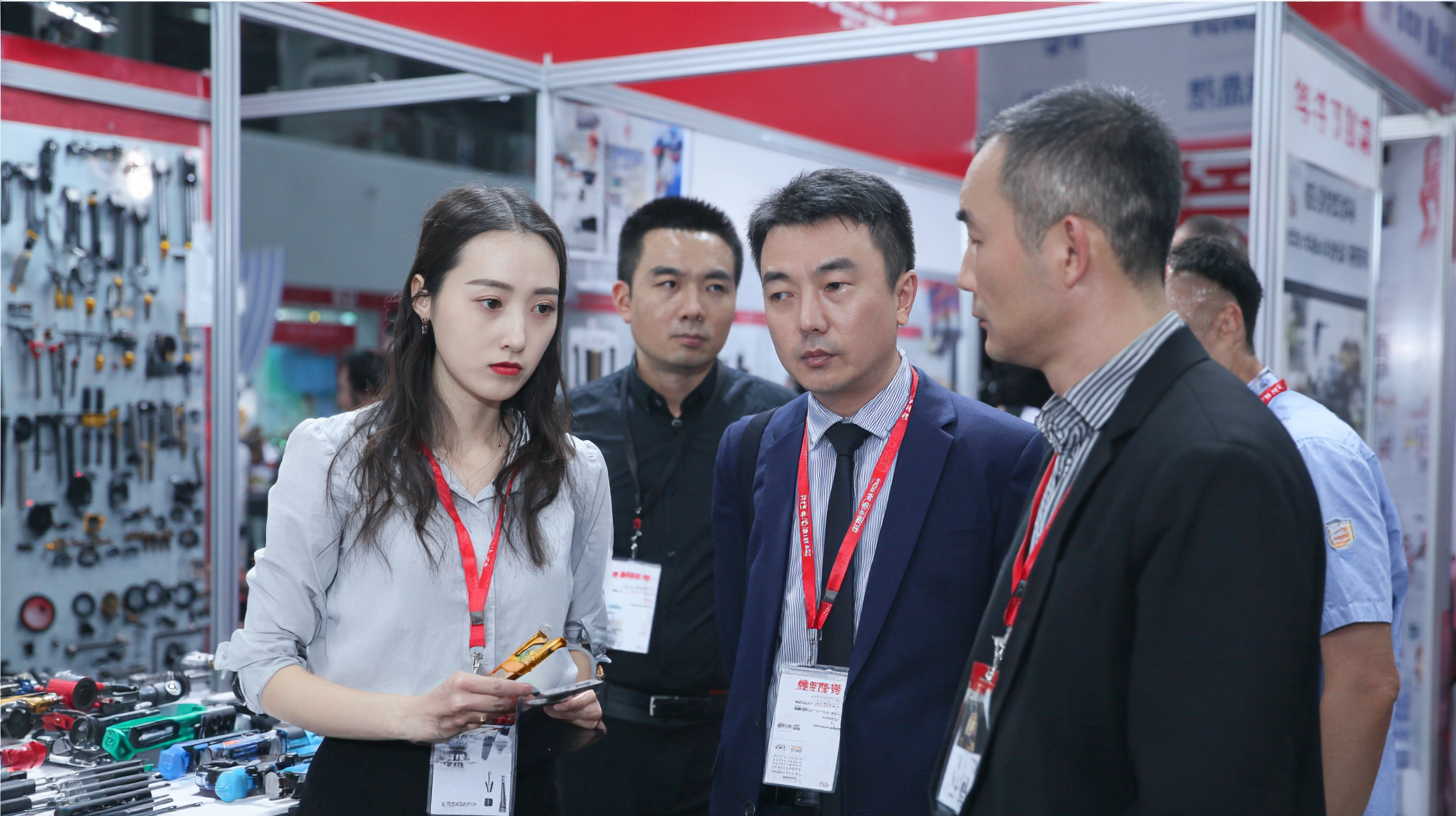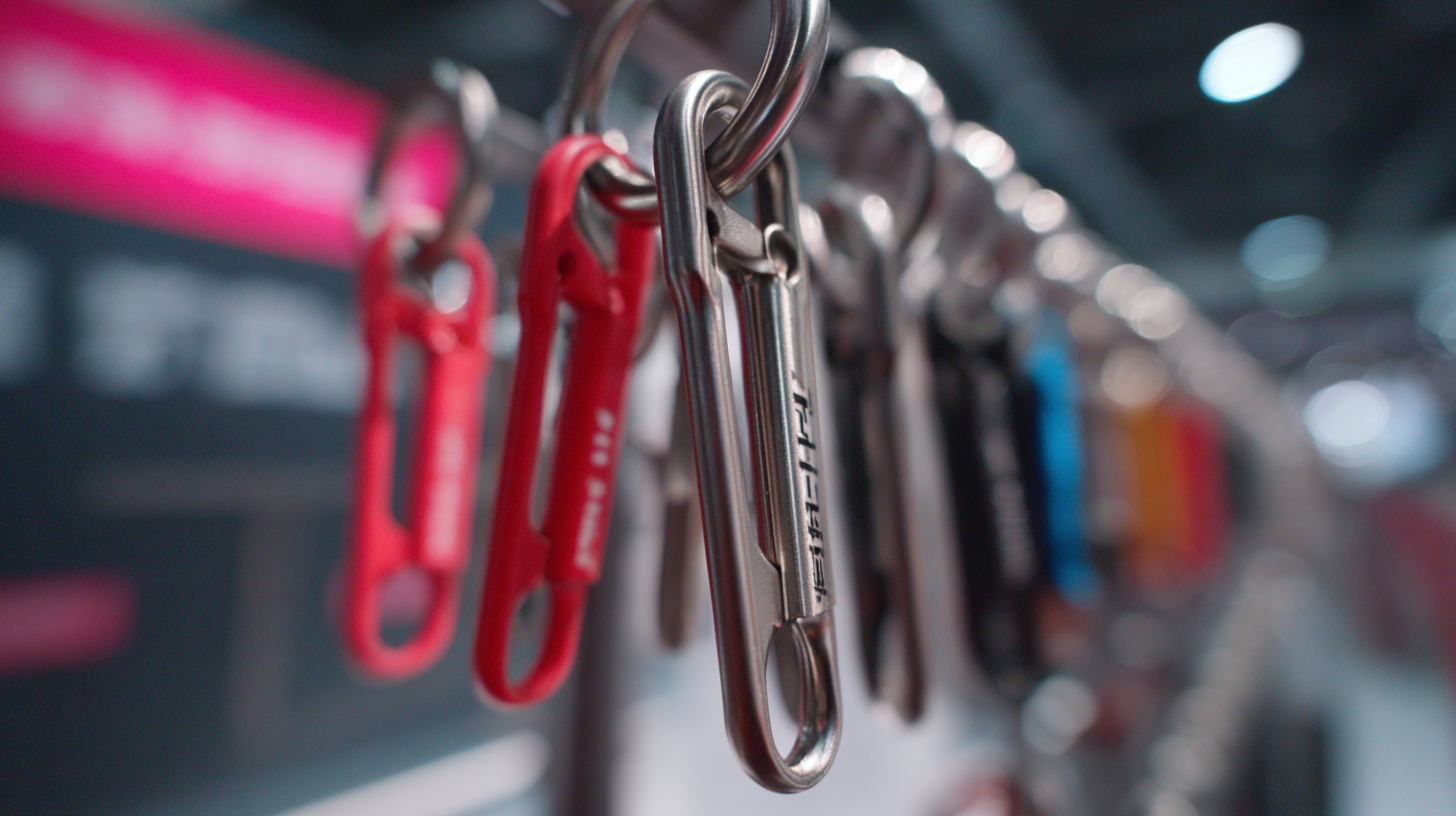Innovative Zip Tie Tool Solutions Unveiled at the 2025 China Import and Export Fair
At the 2025 China Import and Export Fair, the spotlight was on innovative zip tie tool solutions, reflecting the growing demand for efficient fastening technologies in various industries. According to recent market research, the global zip tie market is projected to reach $4.8 billion by 2026, driven by the increasing versatility of zip tie tools in sectors such as construction, electronics, and manufacturing. These tools not only enhance productivity but also ensure safety and organization in complex assembly processes. The unveiling of cutting-edge zip tie tool designs at this prestigious event highlights the importance of innovation in meeting the ever-evolving needs of industries, as companies seek robust solutions that improve both efficiency and reliability in their operations.

Innovative Features of New Zip Tie Tools Showcased at the Fair
At the 2025 China Import and Export Fair, the innovative features of new zip tie tools were on full display, illustrating the rapid advancements in tool technology. With the global zip tie market estimated to grow at a CAGR of 5% from 2023 to 2028, these new solutions are timely and beneficial for various industries. Highlights included ergonomic designs that enhance grip and comfort, and automatic tightening mechanisms that improve efficiency, making these tools indispensable for both DIY enthusiasts and professional users.
Tip: When selecting zip tie tools, consider ergonomic features that reduce hand fatigue during extended use, especially in high-volume applications.

Tip: Always prioritize tools that offer safety features, especially if you're in a fast-paced work environment where mishaps can occur easily.
Comparative Analysis of Traditional and Modern Zip Tie Solutions
The 2025 China Import and Export Fair has introduced groundbreaking innovations in zip tie tool solutions that highlight a significant evolution in the industry. Traditional zip tie applications often involve manual processes that can lead to inefficiencies, injuries, or inconsistent results. According to a recent report by Smithers Pira, the global market for zip ties and related fastening solutions is expected to grow by 4.5% annually, underscoring the need for improved tools that enhance usability and safety.
Modern zip tie solutions presented at the fair include ergonomic designs and automatic tensioning features that cater to both industrial and consumer markets. For example, the introduction of battery-operated zip tie tools has been shown to increase installation speed by up to 50%, providing a competitive edge in fast-paced environments. Additionally, a study by MarketsandMarkets indicated that the growing demand for automation in manufacturing processes is driving the adoption of these innovative tools, as they reduce labor costs and improve operational efficiency. This comparative analysis sheds light on how traditional methods pale in comparison to modern advancements, ultimately leading to safer and more effective fastening solutions.
Industry Expert Insights on the Future of Zip Tie Applications
At the 2025 China Import and Export Fair, industry experts shared their insights on the evolving applications of zip ties, emphasizing their critical role in various sectors. According to a recent report by MarketsandMarkets, the global zip tie market is projected to reach USD 2.8 billion by 2028, growing at a compound annual growth rate (CAGR) of 5.3% from 2023. This growth is driven by increased demand in automotive and construction industries, where efficient bundling and organization are essential.
Experts highlighted that innovative zip tie tools are enhancing efficiency and safety in their applications. For instance, ergonomic designs that reduce hand strain and innovative locking mechanisms are becoming increasingly popular. A report from Smithers Pira states that the development of reusable zip ties is reshaping their traditional use, allowing for sustainable practices in packaging and assembly. As industries seek to optimize operations, the future of zip tie applications appears bright, with advancements poised to meet both functional and environmental demands.
Innovative Zip Tie Tool Solutions Unveiled at the 2025 China Import and Export Fair
| Application | Material Used | Unique Features | Market Demand | Future Trends |
|---|---|---|---|---|
| Electrical Wiring | Nylon | Heat resistant up to 105°C | High | Increased automation in assembly |
| Automotive Industry | Polypropylene | UV Resistant | Moderate | Sustainability in materials |
| Construction | Steel | Heavy-duty strength | High | Smart technology integration |
| Packaging | Biodegradable materials | Eco-friendly | Increasing | Shift towards green solutions |
| Household Use | Polyethylene | Flexible design | Moderate | Home automation tools |
Sustainability and Eco-Friendly Materials in Zip Tie Tool Development
At the 2025 China Import and Export Fair, innovative solutions for zip tie tools were prominently featured, emphasizing sustainability and the use of eco-friendly materials. With growing concerns about environmental impact, manufacturers are now prioritizing the development of zip tie tools that not only enhance efficiency but also minimize ecological footprints. By incorporating materials such as recycled plastics and biodegradable compounds, these new products can cater to both functionality and environmental responsibility.
When choosing zip tie tools, consider opting for those made from sustainable materials. Not only do they contribute to a greener planet, but they often exhibit comparable performance to traditional options. Moreover, look out for companies that provide clear information about their eco-friendly practices, ensuring you support businesses committed to sustainability.
Additionally, implementing proper disposal methods for zip tie tools is crucial. Explore options like recycling programs offered by some manufacturers, or consider reusing zip ties in various projects to extend their lifecycle. Adopting these practices doesn't just help the environment; it also encourages a culture of sustainability within your community.
Innovative Zip Tie Tool Solutions
Latest Trends in Zip Tie Tool Design to Enhance Efficiency and Usability
The 2025 China Import and Export Fair has become a pivotal platform for unveiling innovative solutions in zip tie tool design. The latest trends emphasize enhancing efficiency and usability, addressing the evolving demands of various industries. As professionals seek tools that not only meet functional requirements but also improve workflow, manufacturers are responding with ergonomic designs and advanced materials that reduce user fatigue and streamline the tying process.
Incorporating user-friendly features such as adjustable tension settings and quick-release mechanisms, these new zip tie tools cater to both novice users and seasoned experts alike. The focus on usability ensures that these tools are not only easy to operate but also scalable, allowing for rapid adaptation in different environments—much like the shift seen in other sectors toward intuitive technology. This commitment to innovation reflects a broader trend in product design, where user experience is paramount, ensuring that tools can keep pace with the demands of modern workspaces.








